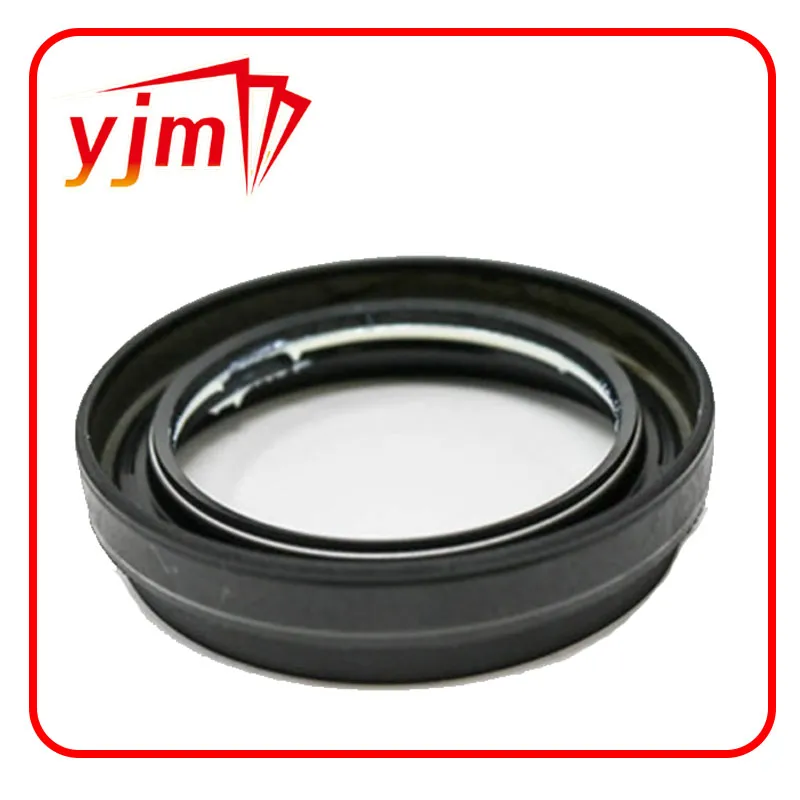Understanding Ship Propeller Shaft Bearings and Their Importance in Marine Engineering
The Importance of Ship Propeller Shaft Bearings
In the realm of marine engineering and naval architecture, one critical component that often goes overlooked is the ship propeller shaft bearing. These bearings play a pivotal role in ensuring the smooth operation of a vessel's propulsion system, and their significance cannot be overstated. This article delves into the functions, types, maintenance, and challenges associated with ship propeller shaft bearings.
Function of Propeller Shaft Bearings
The primary function of a ship propeller shaft bearing is to support the propeller shaft as it transfers power from the engine to the propellers. These bearings bear the loads exerted by the propulsion system and help maintain the alignment of the shaft, minimizing vibrations and wear. By allowing for the rotation of the shaft while also providing stability, these bearings ensure that the propeller operates efficiently. Poorly functioning bearings can lead to misalignment, increased friction, and ultimately, mechanical failure, which can cripple a vessel’s operation.
Types of Bearings
There are several types of shaft bearings used in marine applications, each with its own advantages and disadvantages
1. Lubricated Bearings These bearings, often made from bronze or other non-corrosive materials, rely on a lubricant—usually oil or grease—to reduce friction and wear. The lubrication needs to be regularly checked and maintained to ensure optimal performance.
2. Water-lubricated Bearings Commonly used in smaller vessels, these bearings use water as a lubricant, which helps to prevent overheating. However, they can be susceptible to wear from debris and may require more frequent inspections.
3. Composite Bearings A newer innovation in the field, composite bearings are made from a blend of materials that can withstand harsh marine environments. These bearings can offer superior wear resistance and longevity compared to traditional bearing materials.
ship propeller shaft bearing

4. Spherical Bearings These bearings allow for misalignment and angular movement, offering flexibility in stern tube arrangements. They are particularly beneficial for large ships where slight misalignments may occur due to hull flexing.
Maintenance of Bearings
Regular maintenance of ship propeller shaft bearings is critical to ensuring their longevity and performance. Maintenance schedules should include periodic inspections for signs of wear, corrosion, or misalignment. Lubrication levels should always be monitored, and any unusual noises or vibrations should be investigated promptly. Failure to maintain these bearings can result in costly repairs and downtime, exacerbating operational inefficiencies.
In addition to routine checks, the installation of monitoring technology, such as vibration sensors and temperature gauges, can help provide real-time insights into the condition of the bearings. This allows for proactive maintenance, minimizing the risk of unexpected failures.
Challenges Faced
Ship propeller shaft bearings face several challenges, particularly due to the harsh marine environment. Saltwater corrosion, pressure changes, and the inherent vibrations associated with maritime travel can all affect the performance and lifespan of bearings. Moreover, the trend towards larger and faster vessels necessitates more advanced bearing designs that can handle increased loads and stresses.
Environmental regulations are also impacting the choice of materials and lubricants used in bearings. The push for greener technologies means that the marine industry must adapt to new standards while balancing performance, cost, and sustainability.
Conclusion
In conclusion, ship propeller shaft bearings are integral components of maritime propulsion systems that are deserving of attention and care. Proper selection, installation, and maintenance of these bearings not only ensure the efficient operation of vessels but also prolong their life, reduce operational costs, and enhance safety. As the maritime industry continues to evolve, the importance of innovative bearing technologies and sustainable practices will only increase, highlighting the need for ongoing research and development in this essential area of marine engineering.
-
Understanding the Front Main Engine Seal: Purpose, Maintenance, and Installation
News Jul.29,2025
-
Understanding O-Rings and Seal Rings: Types, Applications, and Custom Solutions
News Jul.29,2025
-
Understanding Crankshaft Oil Seals: Rear Seals, Pulley Seals, and Their Role in Engine Integrity
News Jul.29,2025
-
The Importance of Front and Rear Crankshaft Seals in Engine Performance and Oil Management
News Jul.29,2025
-
Crank Oil Seals: Functions, Types, and Cost Considerations in Engine Maintenance
News Jul.29,2025
-
A Comprehensive Guide to O-Rings and Seals: Types, Materials, and Global Applications
News Jul.29,2025
-
Mastering Diesel and Performance Engine Maintenance: A Guide to Critical Oil Gaskets
News Jul.28,2025
Products categories















